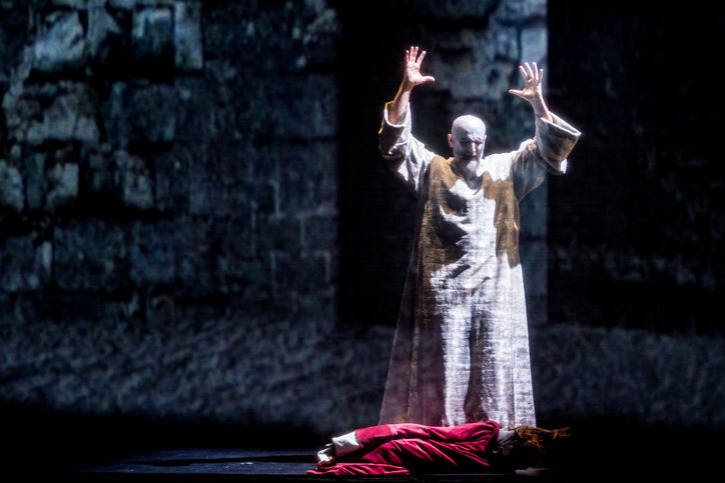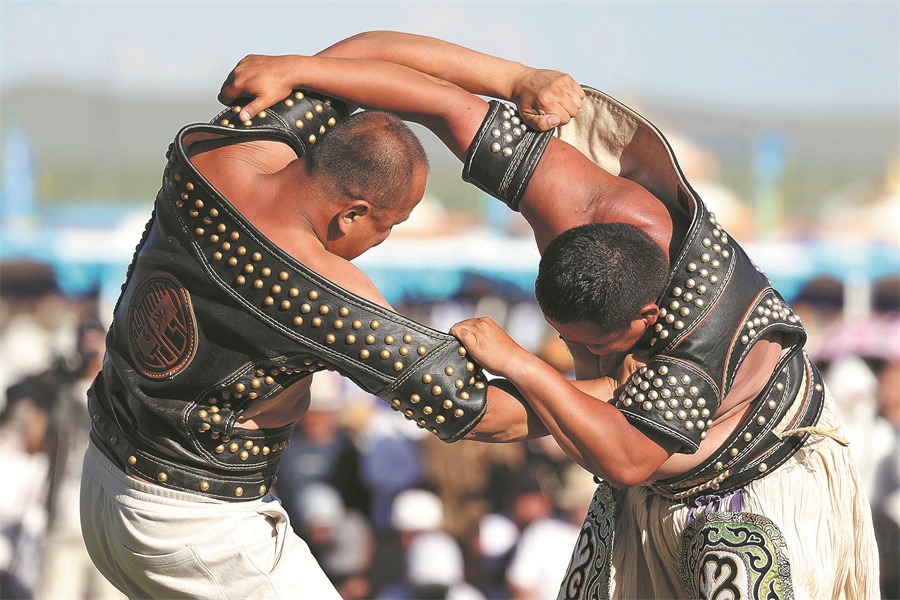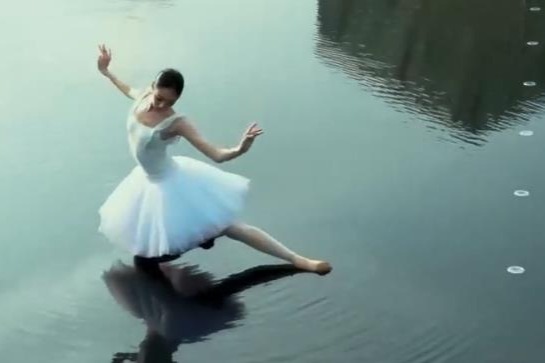Exhibition expounds on 'vision and verse' in Chinese art


Familiar solitude
For Dolberg, the sense of solitude permeating the painting is all too familiar. Within the same gallery, a not-so-distant echo is sent by another painting, done during the 12th century, which depicts a man hurrying through a bare-branched winter forest on the back of a donkey. A boy attendant runs head of him, suggesting that the protagonist was a scholar, albeit a slightly woeful one who, seeking warmth, has clasped his hands inside the opposite sleeves. It seems that his broad-rimmed hat is hardly a shield against the chilly blast, as his boy companion offers little consolation.
The painting doesn't identify the man, but Dolberg believes he is Du's contemporary Meng Haoran (689-740) who, by the time of the Song Dynasty, had already come to embody what the curator calls "the visual iconography of the donkey rider", providing Chinese art history with the image of a suffering poet-intellectual.
"These days we see paintings of travelers in forests, and scholars sitting by waterfalls that don't have a specific title. Yet we have to be aware of the fact that a painter from the 12th century was painting for a very different audience than the one coming into The Met Museum in 2024," said Dolberg. "Those were people who were constantly reading and writing poems. And to speak to that level of scholarship, a painting, rather than being generic, was more likely to have depicted a famous poet or poem that was very much on the minds of people in pre-modern China."
In talking about "scholars sitting by waterfalls", the curator was thinking about one man — Li Bai, Du's hedonistic friend who famously wrote, probably after some good drinking, "A cascade plunges a sheer three thousand feet, as if the Milky Way is tumbling down from the sky."
Both Du and Li had once been associated with the image of a donkey rider. But Meng clinched the deal partly thanks to his poet-painter friend Wang Wei (693-761), "one of the first famous Chinese poets who also painted", to use the words of Dolberg.
For any student of Chinese art history, Wang Wei's far-reaching influence on Chinese art is best summed up in his own words — "Poetry and painting share the same source."
"What Wang Wei was trying to express is very similar to the idea embedded in the ancient Latin phrase 'Ut pictura poesis', meaning'as is painting, so is poetry'," said Dolberg. "It appears to me that in both China and the Classical Mediterranean World and Europe, intellectuals and artists had been thinking deeply about the close relationship between these companion arts for some 2,000 years."
For more than a millennium, legend had been growing around poems and paintings Wang Wei had created depicting his country estate in modern-day Lantian county, Shaanxi province. While the poems have survived, the paintings — like all other ones traceable to Wang Wei — today exist only in copies including rubbings by later artists.
Drenched in the master's signature bucolic idealism, the poems have collectively spawned, throughout history, the biggest number of painterly reinterpretations, one of which Dolberg has included in the current exhibition.
In another work on view, the 14th-century painter Tang Di wrote in his inscription that his painting was inspired by a Wang Wei poem, but stopped short of specifying which one. "Tang was likely to have played a game with his knowing audience," said the curator, who himself willingly took up the challenge.
"'I walk to the place where the water ends; and sit and watch the time when clouds rise'. Those are the lines from Wang Wei that I believe Tang had in mind," said Dolberg, who described the painting as having been executed in the "strength and grandeur of the northern school (of Chinese painting)" while capturing the "light meditative mood" of Wang Wei, the reputed founder of the southern school.





































